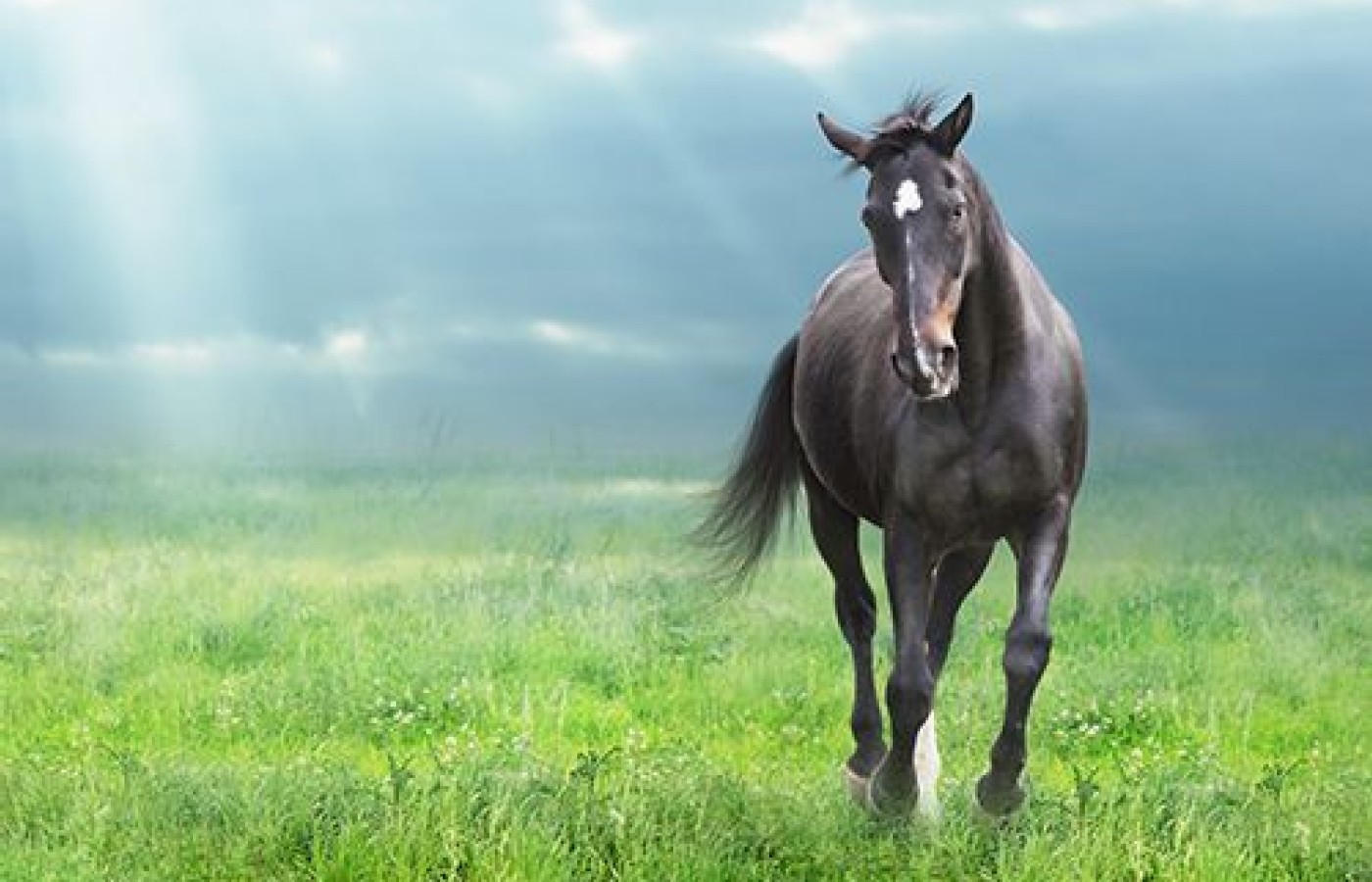Whether you accept it, avoid it or live somewhere in between, insurance coverage has become a defining issue for our profession. Patients increasingly expect to use their benefits, practitioners want to be compensated fairly for their time and expertise, and the system itself remains – at best – fragmented. The encouraging news is that coverage has expanded in meaningful ways. The challenging news is that reimbursement, across the board, remains inadequate.
Q&A With Dr. Gene Bruno, the Founder of Animal Acupuncture in the United States (Pt. 2)
Editor's Note: The following is part 2 of an interview by Marilyn Allen, AT editor at large, with Dr. Gene Bruno, who introduced animal acupuncture into the United States in 1972. Part 1 appeared in the July issue.
Dr. Bruno, in our last interview we discussed the origins of animal acupuncture in ancient China and its re-emergence because of the work that you and John Ottaviano did in the early 1970s. I think it would be interesting to many acupuncturists if you would talk about the different types of conditions you treated in small and large animals. For example, what are some of the illnesses you've treated in horses? I think it is historically important to describe the situation that involved the very first horse that we treated. John and I were introduced to an equine veterinarian, Dr. Alice DeGroot, by a small-animal vet, Dr. Richard Glassberg. Dr. DeGroot was the resident vet at a horse-racing farm, and we learned later that the owner and Dr. Glassberg were primarily behind us treating the horses at the farm.

The first horse that Dr. DeGroot gave us to treat was a mare, near death, in the final stages of emphysema (heaves). It was evident that Dr. DeGroot was actually attempting to get rid of us by having us treat a horse that was considered untreatable by Western veterinary medicine. As we had successfully treated this condition in humans, we decided to go ahead and treat this mare.
The combination of points we used were BL 12, BL 13, BL 14 and BL 17. Within about 15 minutes after the treatment, the horse's breathing nearly normalized and the heaves nearly stopped. We treated the horse again one week later. At that time, the heaves had slightly returned, but were only mild in severity. Dr. DeGroot did not hide her shock from this result. We gave the mare a total of four treatments, after which her breathing normalized and remained stable for nearly a year.
Dr. DeGroot was truly stunned by the results we achieved. She seriously asked, "What other conditions can you treat?" I replied, "We want to treat the conditions that are not easily treatable by Western veterinary medicine." She thought for a minute and asked, "Can you treat laminitis?"
Because of the successful treatment of this horse, as much as anything else we did, animal acupuncture for horses was launched in the United States, and later to the rest of the world.
Emphysema and laminitis. What else? Interestingly, laminitis, which is often called "founder," is a fairly common and difficult condition to treat with Western medicine. Our success rate treating founder with acupuncture was over 90 percent. We treated many different leg problems, liver conditions, colic, low back and upper back pain, allergies and neurological conditions.
And these problems in horses are difficult for Western veterinary science to cope with? Yes. We focused on conditions that the veterinarians either could not treat or found very difficult to treat.
What types of problems did you treat in dogs? With dogs, as with horses, we worked on different syndromes and illnesses for which veterinarians had no effective treatment. These included intervertebral disc syndrome, allergic dermatitis, hip dysplasia, back pain, leg pain and quite a number of other problems.
You mentioned in our first interview that you and John Ottaviano were certified by the California veterinary board to practice acupuncture on animals without a veterinary license. What is the legal situation now for acupuncturists who want to practice animal acupuncture? As I am sure you know, each state has its own law regarding medical practices. The practice of acupuncture on animals by licensed acupuncturists is legal in some states and restricted on others.
For example, in Oregon, where I live, licensed acupuncturists can teat animals if they receive a referral from a licensed veterinarian. This is the situation in only a few states. In other states, an acupuncturist has to work under the supervision of a vet. At this time, Maryland is the only state where acupuncturists can legally treat animals without a referral from a veterinarian. This is primarily because of the work of acupuncturist Noreen Javornik.
Looking forward, how do you see the prospects for acupuncturists who want to treat animals? Currently, the American Board of Animal Acupuncture (ABAA), which is the national certification board of certifying acupuncturists in animal acupuncture, is working with different states on changing their laws to allow certified acupuncturists to treat animals. The Maryland Acupuncture Board has just recently certified that acupuncturists who are certified by the ABAA can legally practice in Maryland.
Previously, only acupuncturists who graduated from Noreen Javornik's course in Maryland would be legal. This is a major step forward since it establishes a precedent in other states for acupuncturists who are certified by the ABAA.
But in my opinion, the process of legalizing animal acupuncture will take some time, as it has with treating humans. This means that acupuncturists and their associations in every state will need to be involved to move this forward.
And as you mentioned in our last interview, there will be a course beginning this year at Phoenix Institute of Herbal Medicine and Acupuncture? Yes, that is correct.
Thank you, Dr. Bruno, for the work you have doing by continuing to teach and promote animal acupuncture. Thank you, Marilyn, for all that you do every day, here in the U.S. and internationally, for students and practitioners of acupuncture.



